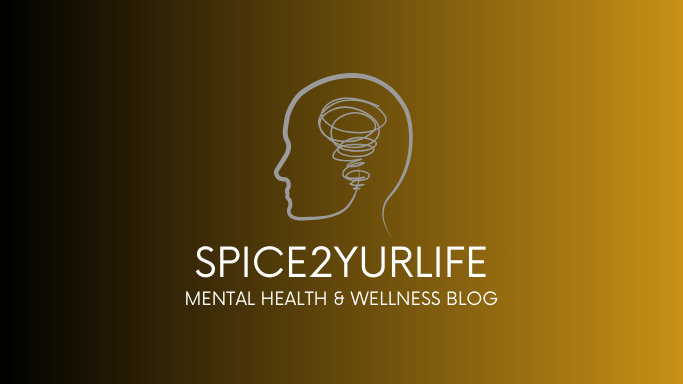Post-Traumatic Stress Disorder (PTSD) is a complex mental health condition that can have a profound impact on an individual's life. It commonly arises after experiencing or witnessing a traumatic event, such as combat, natural disasters, accidents, or assault. While the effects of PTSD can be debilitating, it's crucial to know that help and support are available. In this blog post, we'll explore various resources and support options for individuals living with PTSD.
Understanding PTSD
Before delving into resources, it's essential to understand PTSD and its symptoms. PTSD can manifest in a variety of ways, including flashbacks, nightmares, intrusive thoughts, hypervigilance, avoidance behaviors, and mood swings. It's crucial to recognize these symptoms and seek help if you or someone you know is struggling.
Professional Help
1. Therapy: Seeking therapy from a qualified mental health professional is often the first step in managing PTSD. Cognitive-behavioral therapy (CBT), Eye Movement Desensitization and Reprocessing (EMDR), and exposure therapy are among the most effective therapeutic approaches for PTSD.
2. Medication: In some cases, medication may be prescribed to help manage PTSD symptoms. Antidepressants, anti-anxiety medications, and mood stabilizers are commonly used to alleviate symptoms such as depression, anxiety, and mood swings.
Support Groups
1. Veterans Affairs (VA): For military veterans experiencing PTSD, the U.S. Department of Veterans Affairs offers a range of resources, including counseling, support groups, and specialized treatment programs.
2. National Alliance on Mental Illness (NAMI): NAMI provides support and advocacy for individuals living with mental health conditions, including PTSD. Their website offers information on local support groups and educational resources.
3. Online Communities: There are numerous online forums and support groups dedicated to PTSD, where individuals can connect with others who understand their experiences. Websites such as PTSD Alliance and Daily Strength offer virtual support networks for those living with PTSD.
Helplines and Hotlines
1. National Suicide Prevention Lifeline: For individuals experiencing a crisis related to PTSD or any other mental health issue, the National Suicide Prevention Lifeline provides free, confidential support 24/7. Call 1-800-273-TALK (8255) to speak with a trained counselor.
2. Crisis Text Line: Text HOME to 741741 to connect with a crisis counselor via text message. This service is available 24/7 and provides support for individuals experiencing any type of crisis.
Self-Help Resources
1. Books and Workbooks: There are many books and workbooks available that offer guidance and techniques for managing PTSD symptoms. Some popular titles include "The PTSD Workbook" by Mary Beth Williams and "The Body Keeps the Score" by Bessel van der Kolk.
2. Mobile Apps: There are several mobile apps designed to help individuals track their symptoms, practice relaxation techniques, and access coping strategies. Apps like PTSD Coach and Pacifica offer tools and resources for managing PTSD on-the-go.
Living with PTSD can be challenging, but it's essential to remember that help and support are available. Whether you're seeking professional therapy, connecting with peers in a support group, or accessing self-help resources, there are numerous avenues for managing PTSD symptoms and reclaiming your life. Don't hesitate to reach out for support—you're not alone on this journey toward healing and recovery.
















